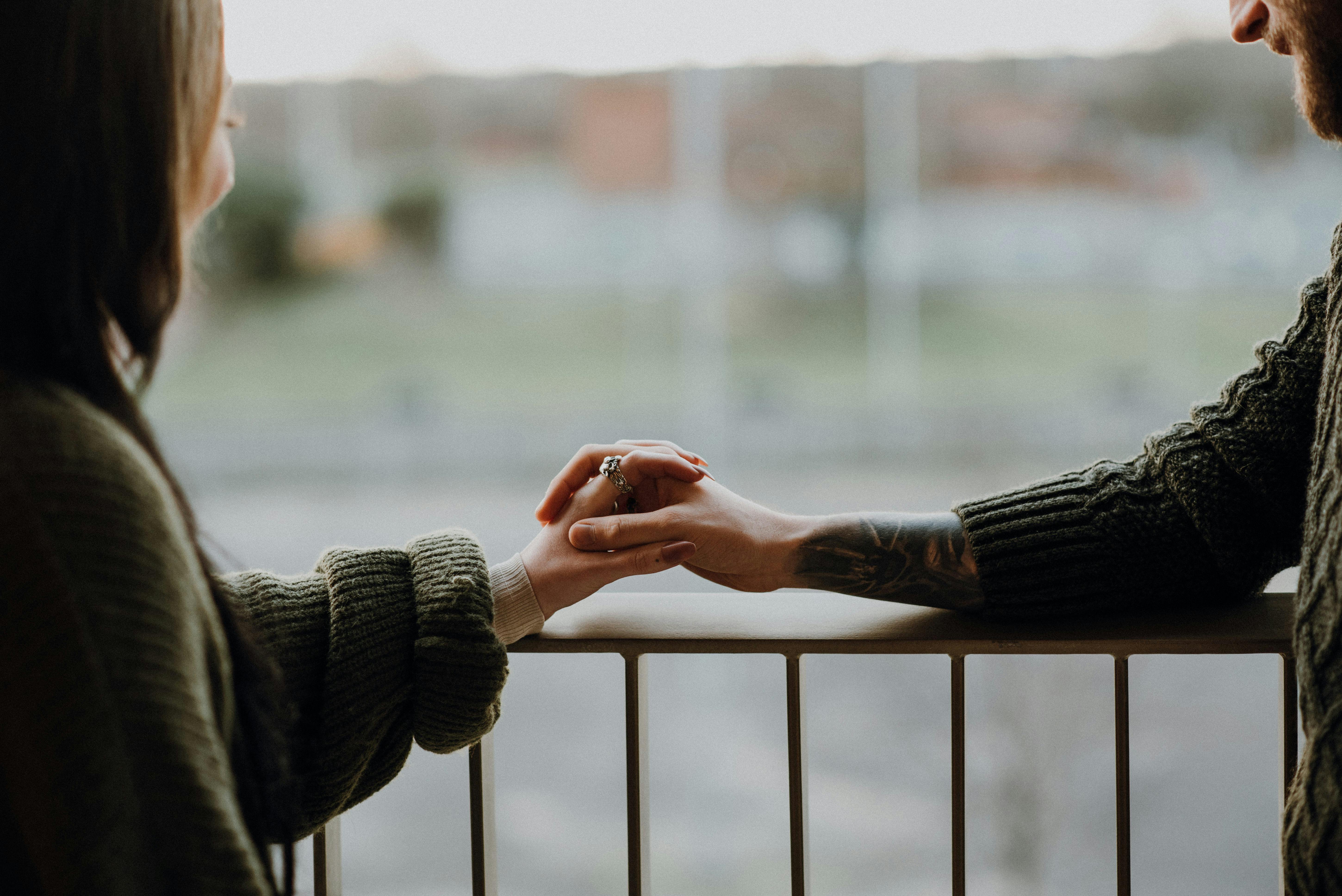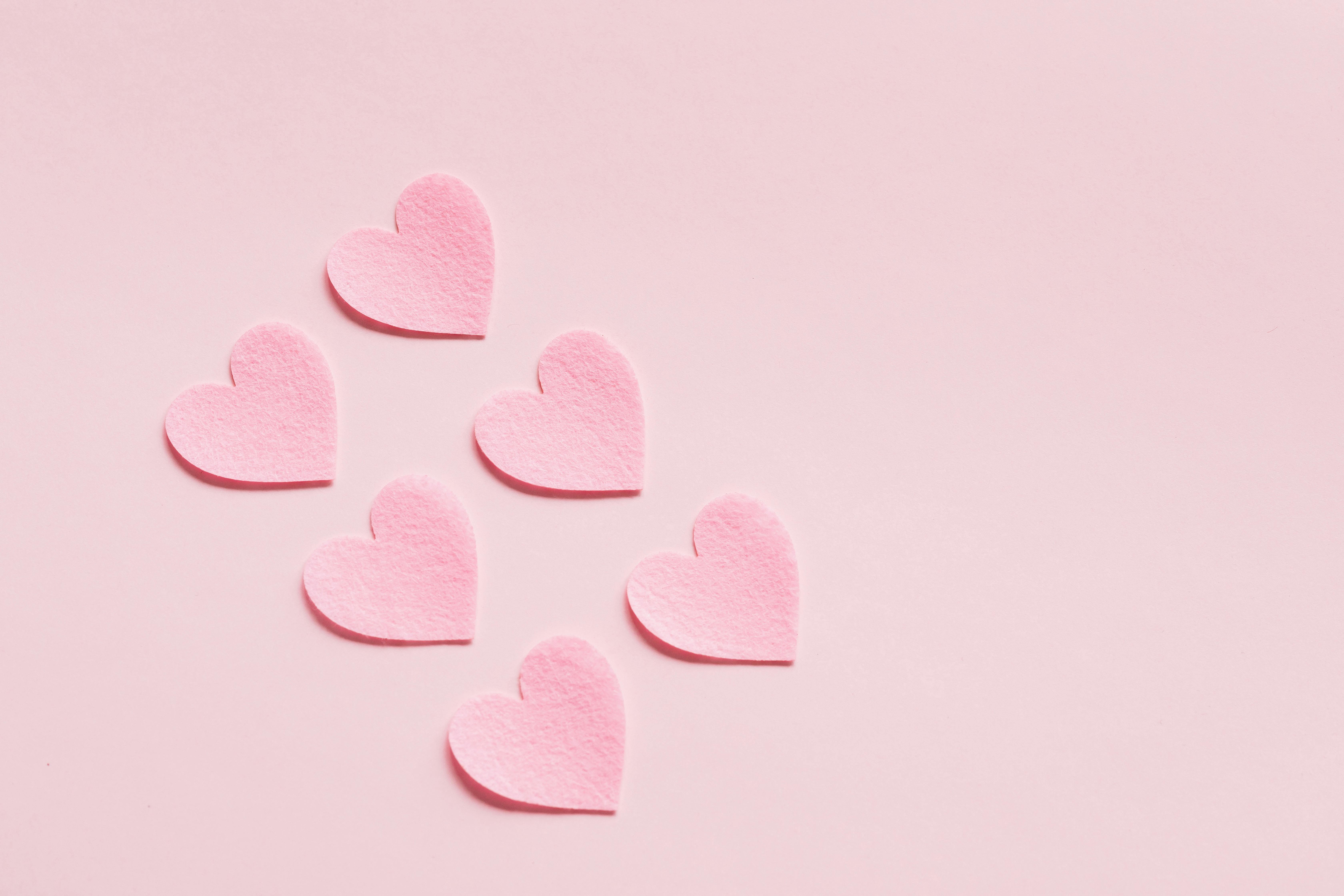1. What is dandruff?
Dandruff is a condition in which flakes and bits of dead skin break off from a person’s scalp. Contrary to popular belief, it is not always caused by a dry scalp, many people with oily scalps are also affected.
2. What causes dandruff?
There are many conditions known to cause dandruff. Here we will detail known causes and others that have not yet been substantiated. Suggested remedies are discussed in more detail in the next section.
Known causes of dandruff (cures are discussed in section 3)
Seborrheic dermatitis
Seborrheic dermatitis is a skin condition that affects the scalp, face, and upper body. Symptoms include scaly or scaly skin that is itchy and red. It is believed to be caused by the fungus Malassezia furfur which is naturally found on people’s skin. The most common treatments for this condition are ketoconazole creams and shampoos along with oral fish oil supplements for Omega-3 fatty acids. There is an ongoing discussion of the causes and remedies for this condition here (as well as photos).
Psoriasis
Psoriasis is a skin condition that can cause silvery, scaly patches of skin on different areas of the body. It is commonly seen on the scalp, creases of the nose, eyebrows, elbows, knees, and arms. There are many treatment options available, including topical ointments, baths, phototherapy, injections, and prescription medications. See your doctor if you think you may have this condition.
dry scalp
The simplest and easiest to cure dandruff is the result of a dry scalp. Often caused by excessively dry environmental conditions or excessive use of cheap hair care products, this condition can be cured with moisture. Massage skin moisturizer or oil into scalp 1/2 hour before bathing and follow with a moisturizing conditioner.
oily scalp
People who have oily scalps can also get dandruff. The exact cause is yet to be proven, but it has been speculated that it is due to excess oil promoting the growth of yeast and fungus that can irritate the scalp. Switch to a shampoo designed for very oily hair for a few weeks to see if it clears up. If not, see your doctor or try some of the remedies in the next section.
Lice
Head lice can cause itching and scaling that is often mistaken for dandruff. The scales are actually nits (lice eggs) and the fecal excretions of the insects. For more information and symptoms of head lice, see How to Get Rid of Head Lice.
Other possible causes of dandruff
The following is a list of common things that have been blamed by doctors and former dandruff sufferers:
* The use of cheap hair care products that dry or irritate the scalp, as well as the use of chemical and mechanical styling products, especially conditioners. Go to a salon and ask for product recommendations.
# Poor nutrition and food allergies have been blamed for dandruff, especially a deficiency of zinc or Omega 3 fatty acids, which can be supplemented by taking fish oil.
# Dry environments that lead to dry scalp. Consider humidifying your living space if you have dry skin elsewhere on your body.
# Stress and lack of sleep have also been blamed, but what aren’t they blamed for?
# PH of the hair excessively high or low.
2. Methods to get rid of dandruff
Commercial anti-dandruff shampoos
Here I will list the active ingredients used in the most common dandruff shampoos and explain what they do. Be sure to read labels when shopping for a particular ingredient, as the same brand often makes similar products with different ingredients. Always follow label instructions.
Zinc pyrithione (Head & Shoulders classic, Pert Plus dandruff control)
Zinc pyrithione, or zinc omadine, is an antifungal and antibacterial agent most commonly used to combat dandruff caused by yeast and fungus. Once you start using this treatment, stopping it will often cause the dandruff to come back worse than before you started treatment.
Ketoconazole (Nizoral anti-dandruff shampoo)
Ketoconazole is an antifungal medication used to treat dandruff caused by yeast and fungus. Dandruff usually returns after treatment is stopped.
Selenium sulfide (Selsun blue, Head & Shoulders Intensive)
Selenium sulfide is an antifungal agent used to treat dandruff caused by yeast and fungus. In the US, 1% solutions can be purchased without a prescription and 2.5% solutions are available by prescription. Dandruff often returns when treatment is stopped.
Coal tar (Ionil-T, Neutrogena T/Therapeutic Gel)
Coal tar is a liquid byproduct of coal distillation. It is used in shampoos intended to treat lice and psoriasis. Beware, coal tar is on the NIOSH list of carcinogens as a potential cancer-causing agent.
Salicylic Acid (Ionyl)
Salicylic acid-based shampoos are used to help the scalp shed excess skin more easily, which in turn helps prevent skin pores from becoming clogged.
Home remedies
There are tons of home cures for dandruff, every family probably knows a different one that they will use to cure dandruff. Here I am going to list some of the most commonly recommended concoctions.
tea tree oil
Tea tree oil has an antifungal quality and can be mixed into lotions, oils, and shampoos. Massage the mixture into your scalp and let it sit for 15 minutes before rinsing it off.
Echinacea and red clover extracts
Aveda has a product called “Scalp Remedy” that is growing in popularity. Contains echinacea and red clover extracts, comes in a dropper, and is applied directly to the scalp after showering.
oil baths
Scalp massages with moisturizing oils an hour before bathing are said to rejuvenate a dry scalp. Skin lotions will likely work as well.
vinegar rinses
Some people have reported success after rinsing their hair with apple or white cider vinegar before bathing. It may have something to do with correcting the PH balance of your hair.



